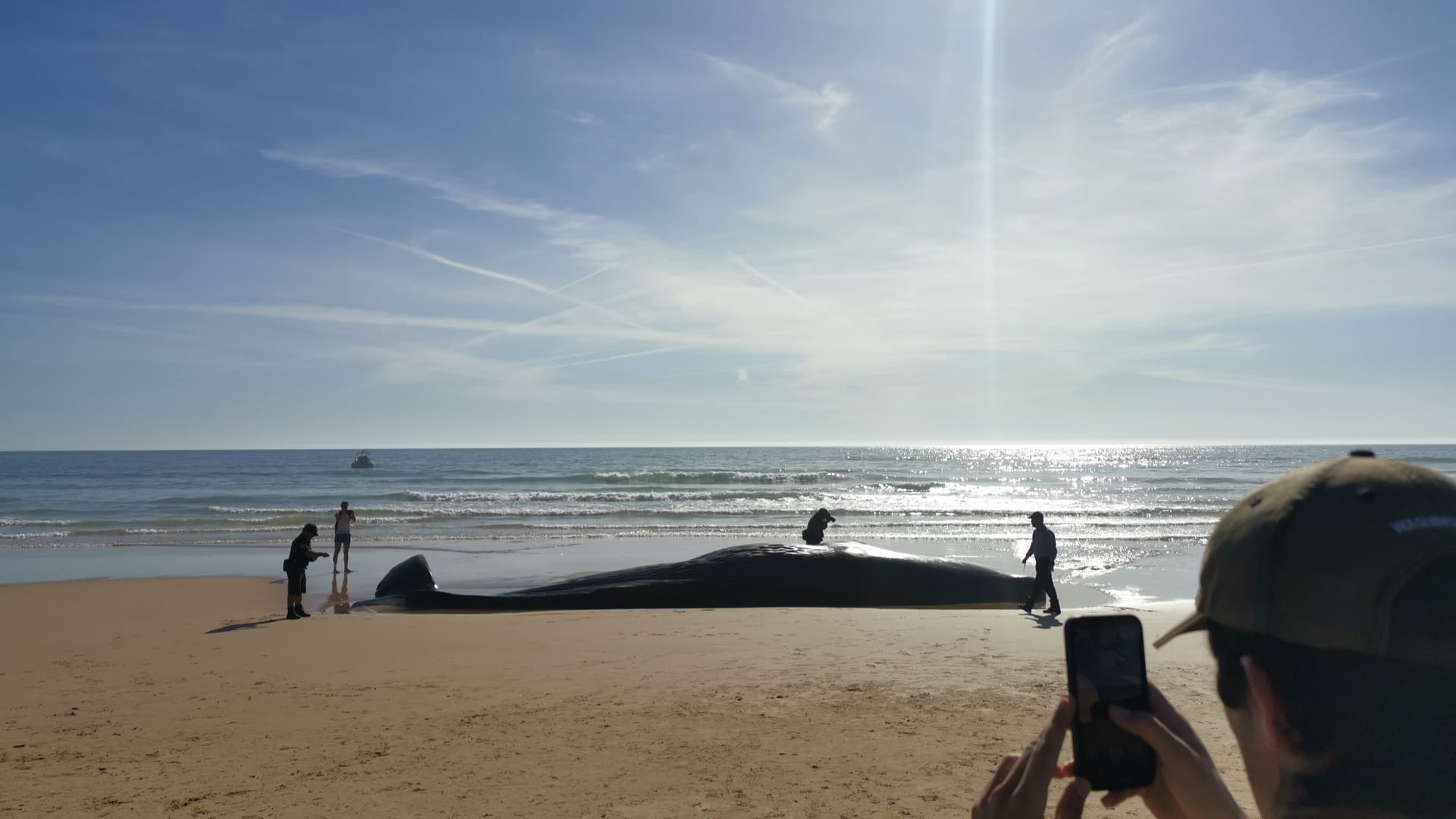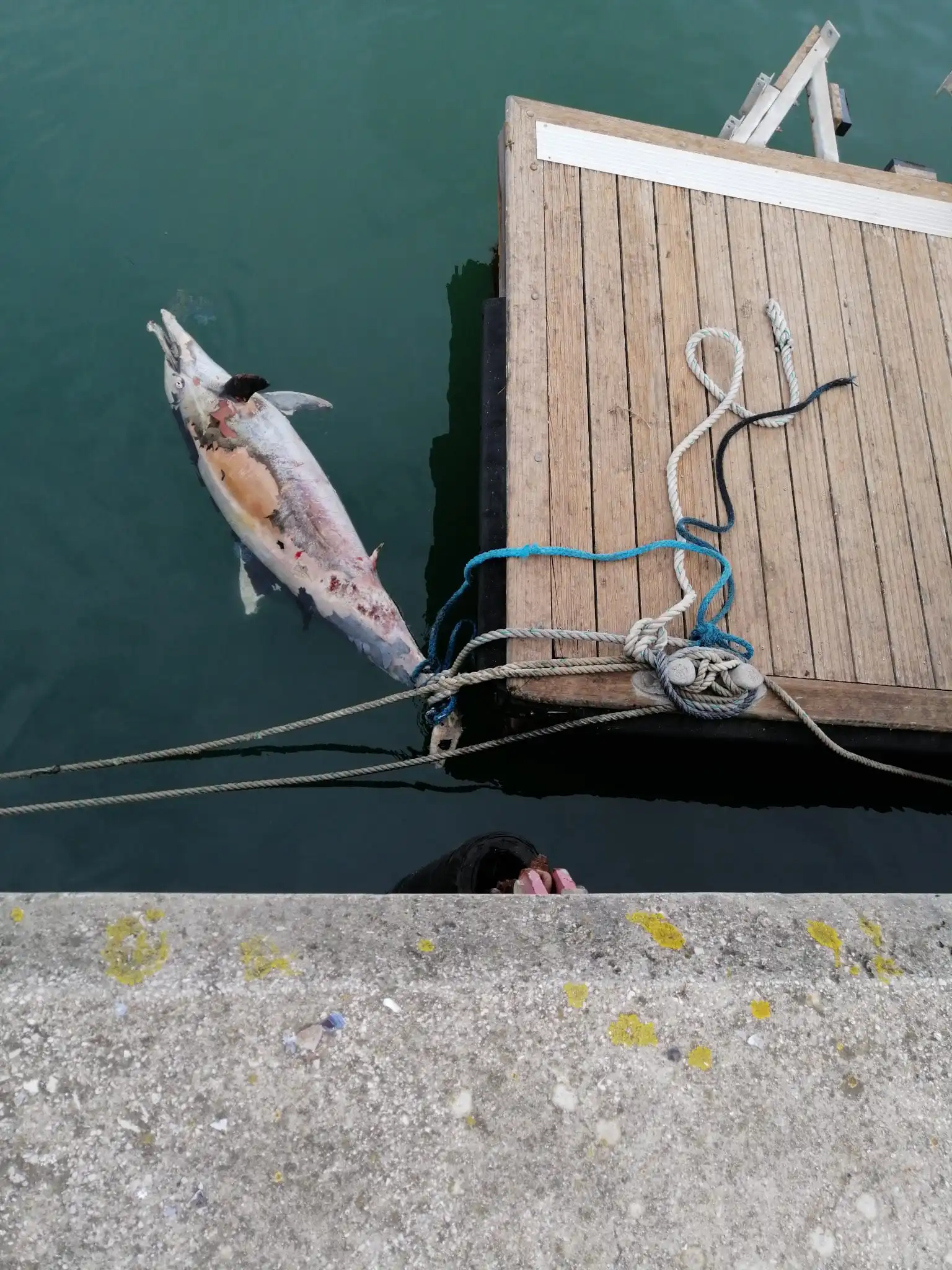Arrojamentos
Qual a proporção de arrojamentos vivos vs mortos? Entre Janeiro e Dezembro de 2023 a RALVT registou 2.5% de arrojamentos vivos para 97.5% de arrojamentos mortos.
O mapa acima mostra os arrojamentos que nos foram reportados. Clique num marcador para ver os detalhes!
O que é um arrojamento?
Quando um animal marinho, vivo ou morto, encalha na costa e não consegue regressar à água sem auxílio, estamos perante um arrojamento. Em Portugal, os arrojamentos mais comuns são os cetáceos (baleias e golfinhos), as tartarugas marinhas e as aves marinhas. Ocasionalmente, ocorrem também arrojamentos de outros mamíferos marinhos, como as focas.

Arrojamento vivo
Os arrojamentos vivos são situações muito complexas, em que cada situação tem particularidades únicas. Por norma, os animais que arrojam vivos nas praias não se encontram nas melhores condições de saúde e, por isso mesmo, nem sempre é possível devolver os animais ao oceano. O objetivo será sempre avaliar o estado de saúde dos animais e a viabilidade da sua recuperação/reflutuação. Caso esta não seja possível, são tomadas medidas para reduzir o sofrimento do animal.



Arrojamento morto
Um arrojamento de um animal morto vai ser sempre um dado importante, porque a quantidade real de animais a morrer é muito superior à quantidade daqueles que arrojam nas praias. No entanto, a quantidade de dados a retirar em cada arrojamento vai depender do estado de decomposição do animal que arrojou. Alguns dos dados que podem ser obtidos nesta situação incluem os dados biométricos (tamanho, peso), amostras biológicas e causas de mortalidade.
O que fazer se encontrar um animal arrojado?
